Fendi's Baguette Bag: one bag, a thousand personalities
Two Fs mirroring each other are now the unmistakable logo of one of the world’s best-known Italian fashion houses, Fendi. Designed by Karl Lagerfeld, the historic creative director of the Roman fashion house’s Women’s collection from 1965 until his death in 2019, this logo is well known to all fashion fans and beyond. Lagerfeld himself explained what led him to imagine it just so: “In 1965, when I started working with the maison, the five Fendi sisters asked me to create a mini collection of modern furs. I, however, also wanted them to be fun, because playfulness is one of the codes of this brand. Also, I drew two Fs in less than five seconds, thus creating the FF logo.” In fact, the two Fs stand for “Fun Fur.”
This genuine and ironic side finds its voice in one of the most iconic pieces created by the brand, an object that has just turned 25 years old, celebrated in 2022 with a big fashion show in New York, but is already loaded with history: the Baguette bag. In 1997, Silvia Venturini Fendi, daughter of Anna, granddaughter of Adele and Edoardo Fendi - founders of the brand - and creative director of Accessories, launched a bag with an elongated and minimal shape, small but capacious and equipped with a handle and shoulder strap. Wearing it on the arm, the bag pokes out from behind the shoulder, just like the French bread, the baguette, from which it derives its name. What transforms this accessory into a it-bag, however, is certainly the creativity of its designer, who plays with the coverings, with the “skin” of the object, and constantly reinterprets it, just as Lagerfeld did with the Fendi logo. Denim, sequins, prints, buttons, bangs, jewelry, fabrics of all kinds become the ever-changing guise of a bag with an unmistakable shape.
Each version is different from the previous one, an original unicum, and this is precisely its strength. The uniqueness of each model means that over time the Baguette becomes a much-desired collector’s item, even by many celebrities who wear it, increasing its fame even more. Another element that contributes to the myth of the Baguette is undoubtedly its appearance in one of the cult TV series of the early 2000s: Sex and the City. Indeed, how can we forget the episode in which the protagonist Carrie Bradshaw, the victim of a robbery in which she is ordered to hand over her bag, a Baguette completely covered in purple sequins, with the unmistakable FF logo, exclaims, “It’s a Baguette!”?
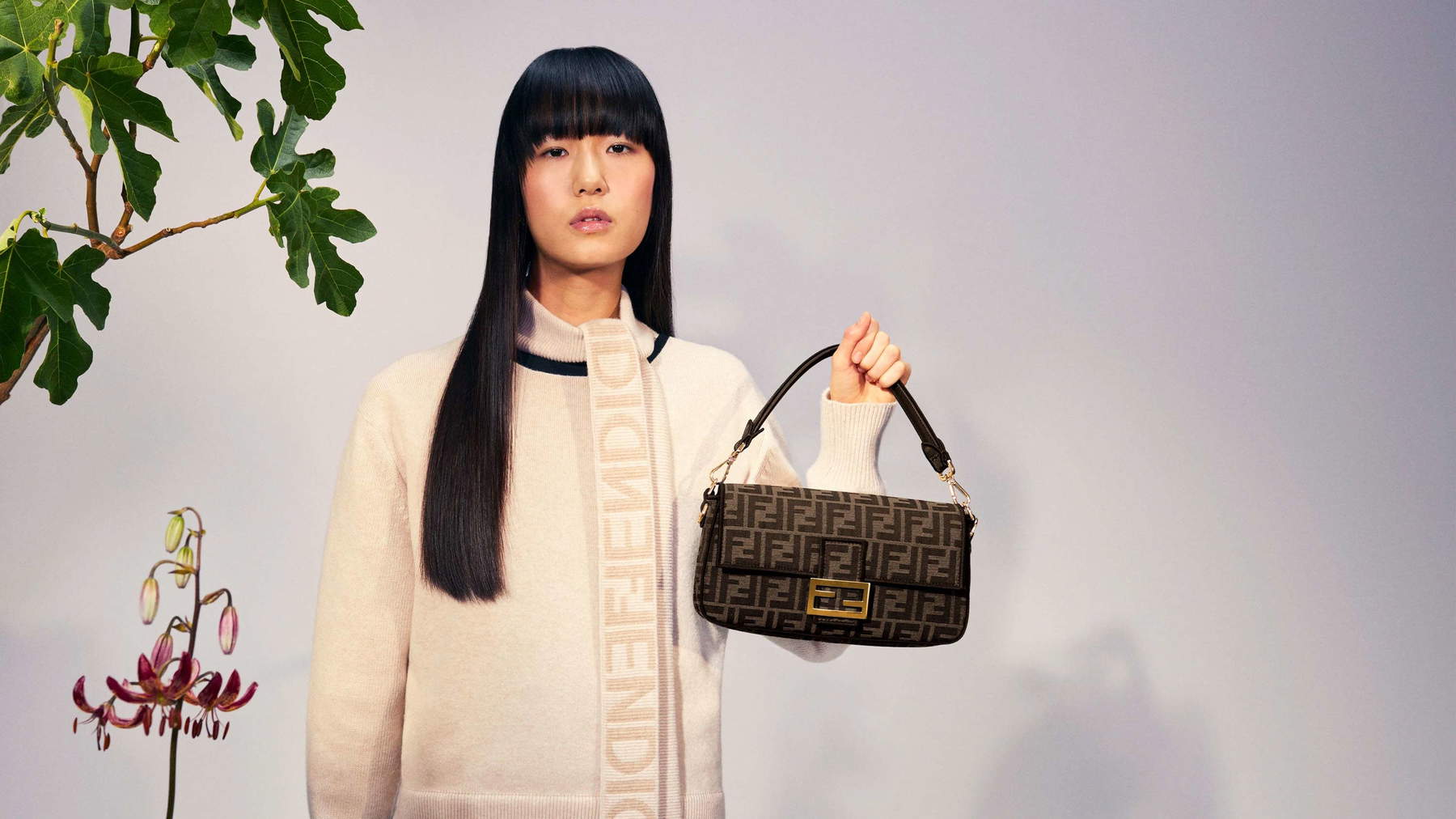 Baguette
Baguette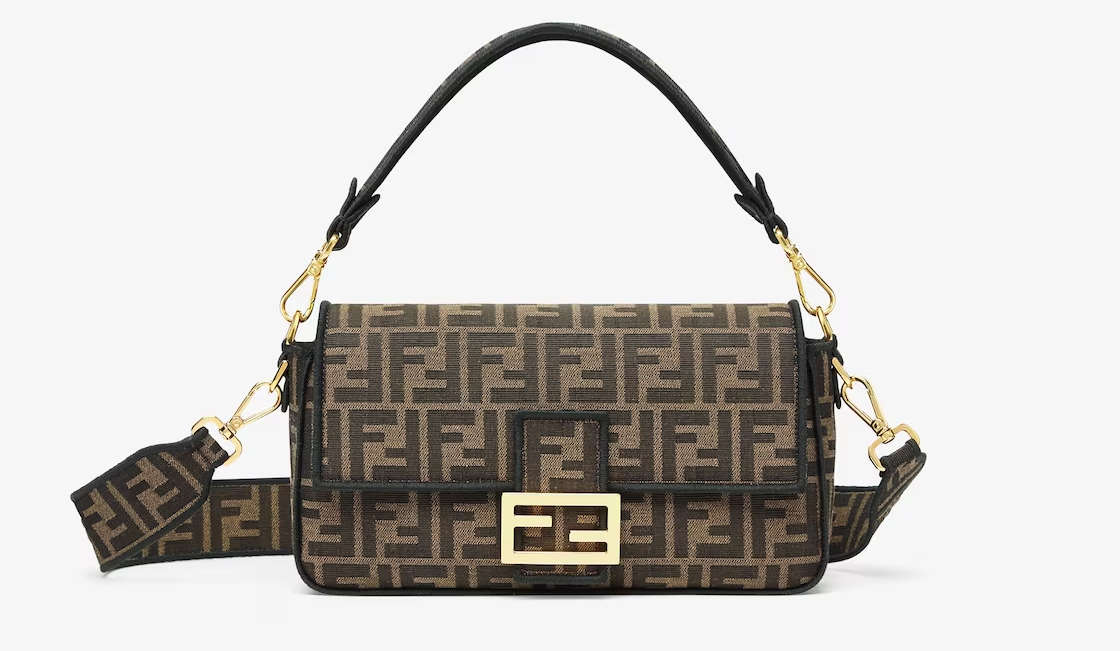 Baguette
Baguette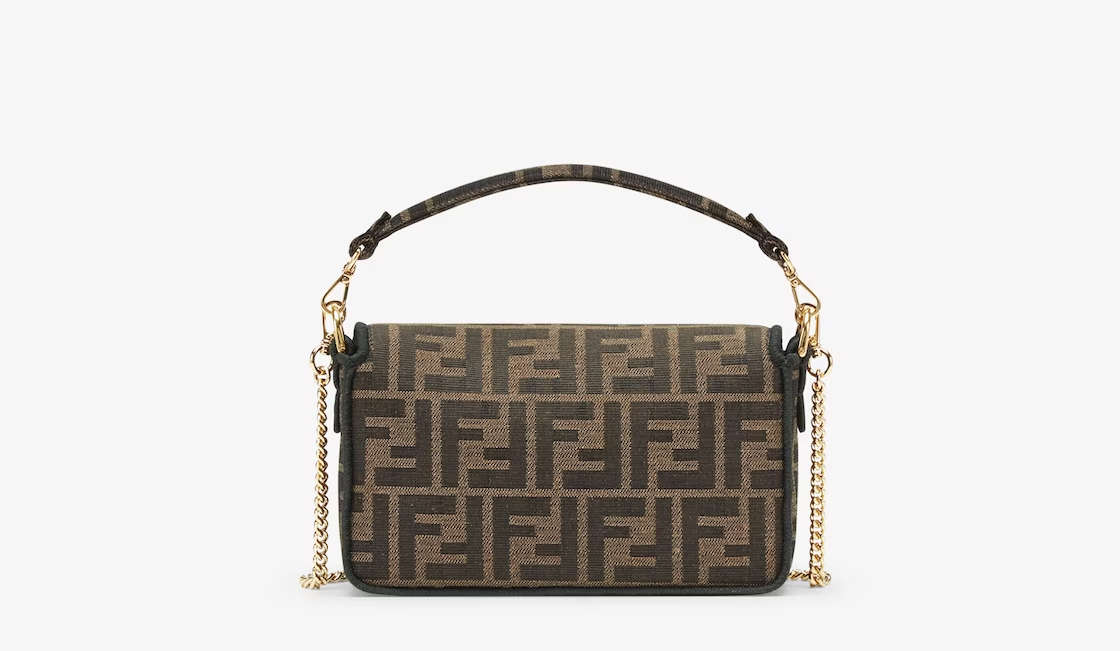 Baguette
Baguette Baguette
Baguette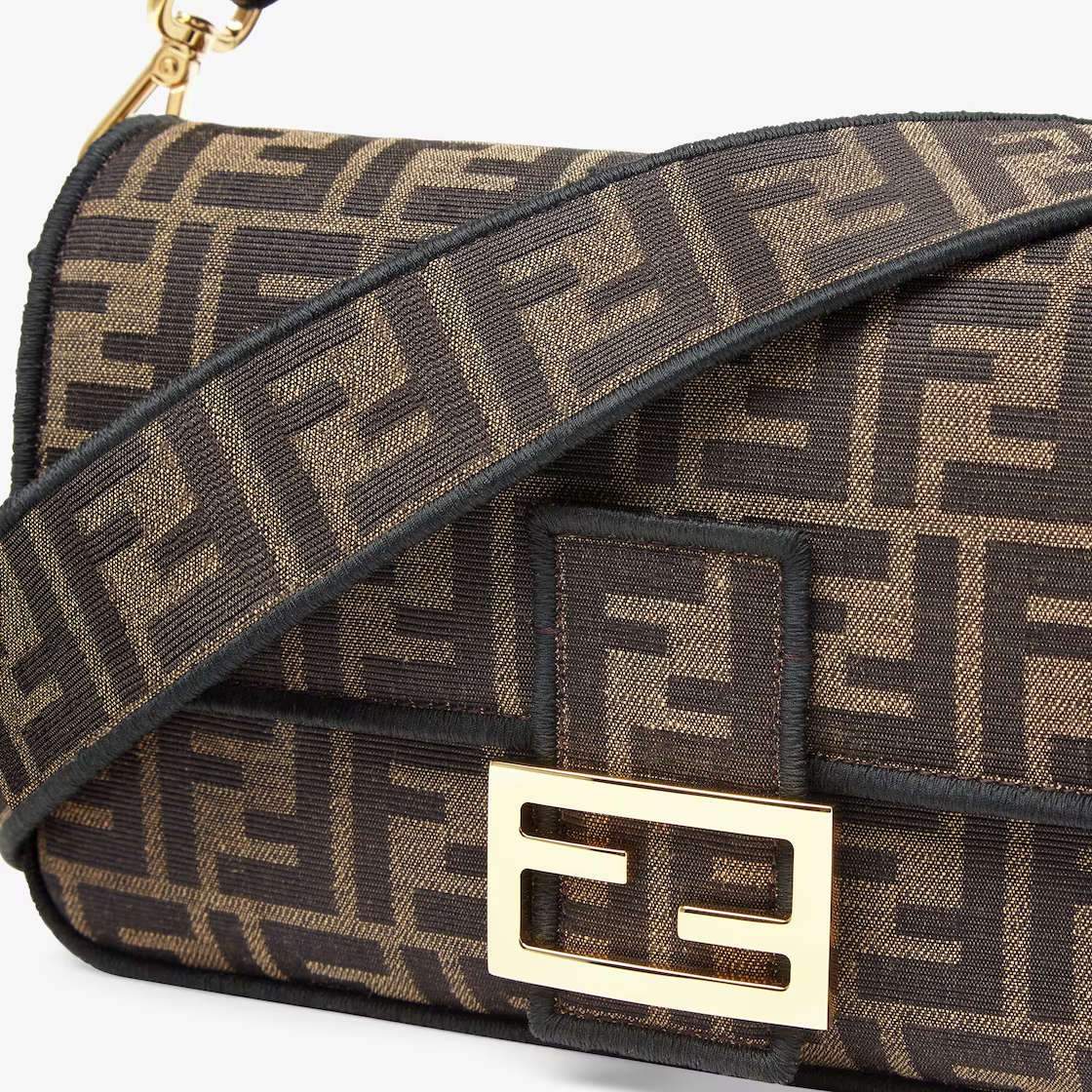
A Baguette: not a simple bag, but an object to be reinvented, to be researched, to be uncovered on the market in its vintage editions or to be purchased in its contemporary reinterpretations, to be catalogued and archived and, even, to be collected. A bag that remains the same in its form, but changes in size (contemplating even the mini or nano version, which becomes a charm to be hung), in materials and in the way it can be worn: over the shoulder, hand-held or cross-body, that is, over the shoulder. A bag that aspires to be suitable for every personality. For the most creative spirits, in fact, Fendi thinks of the customizable Baguette: in white linen, as white as a canvas, to be decorated with the special kit of markers and stencils, or in perforated cotton, to be decorated with the help of an embroidery kit composed of cotton threads, needles and thimbles.
The Baguette also becomes the protagonist of several projects promoted by Fendi, such as Hand in Hand, in which its reinterpretation is proposed through the artisanal techniques peculiar to Italian regional realities, giving rise to a collection that reinterprets and reinterprets in twenty different ways, as many as the regions involved, the iconic model. Thus “the different regions contribute by each bringing a distinctive savoir-faire and sharing their passion for traditional craftsmanship and expertly handmade creations,” as stated in a statement from the LVMH group, a giant that to date owns the majority stake in the company, which remained family-owned until 1999. Here, then, is the Baguette from Emilia Romagna covered with small hand-cut tiles reminiscent of Ravenna mosaics, the one from Sicily with gold leaf and embellished with small corals, the one from Valle d’Aosta made with a natural hemp woven on ancient wooden looms and embroidered by hand, and so on.
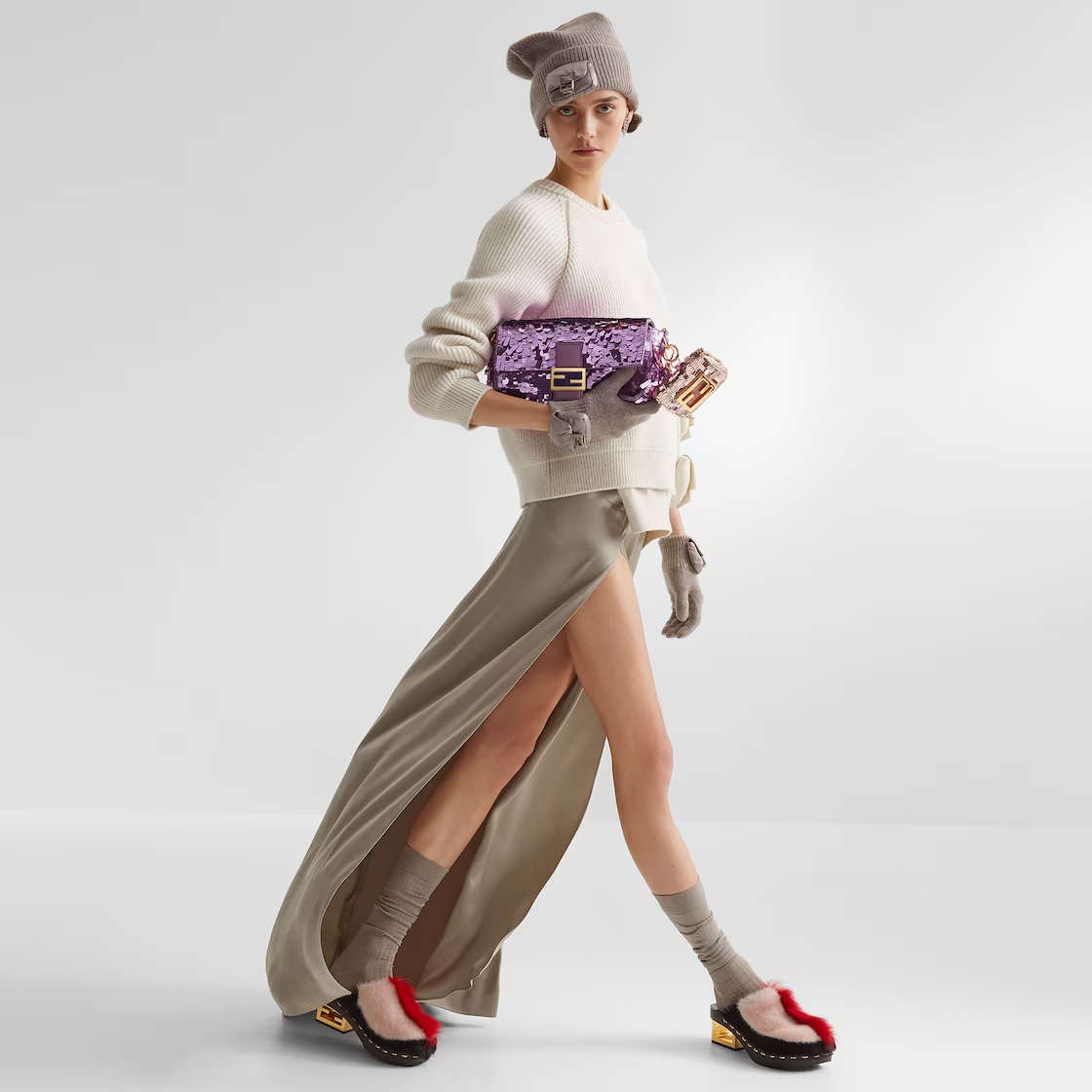
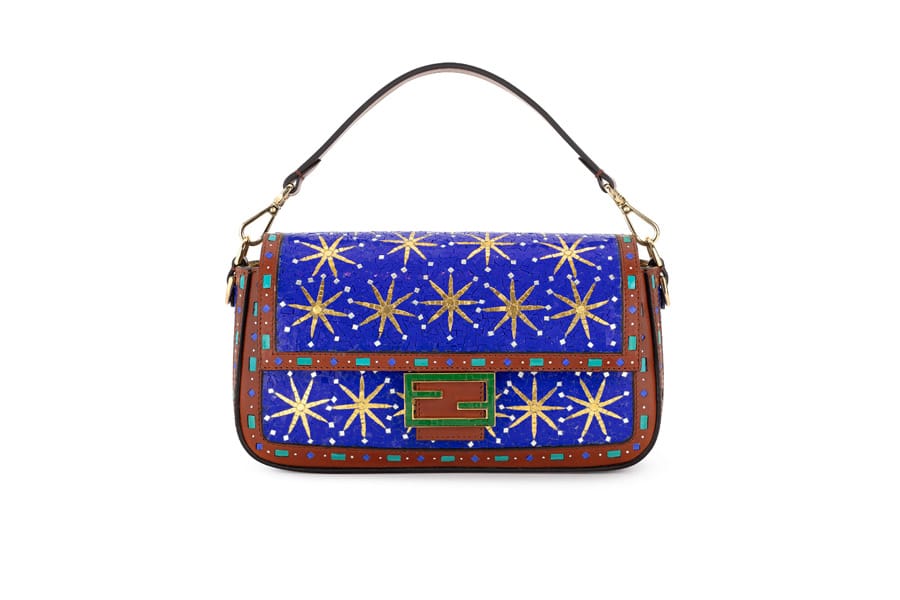 Baguette
Baguette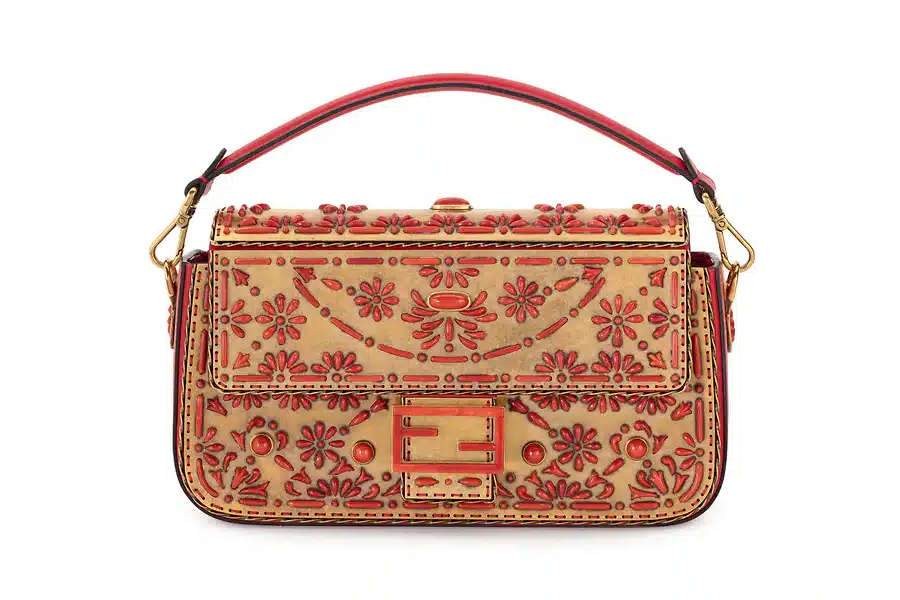 Baguette
Baguette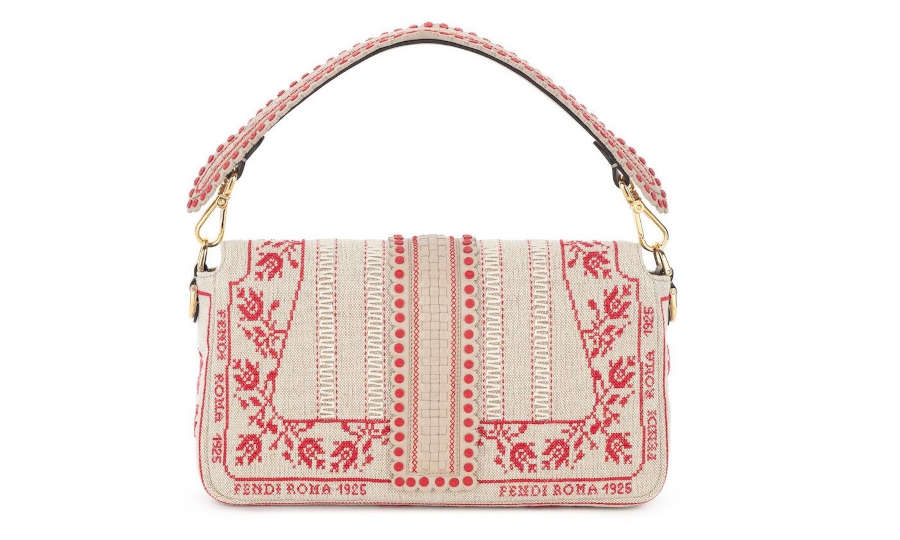
While the Baguette is capable of making itself the interpreter of traditions and know-how to be handed down, it also welcomes the challenge of reflecting a pop and contemporary culture; just think of the very recent collection born from the collaboration between Fendi, Hiroshi Fujiwara’s FRGMT and Pokèmon, designed to celebrate the year of the dragon, namely 2024. Fabric with the well-known FF pattern is blended with inserts representing the most iconic figures of Pokémon (not surprisingly, of the “Dragon” type), the imaginary creatures that have animated the imagination of so many generations, through TV series and video games.
Once again, the ironic and playful soul of this it-bag emerges, which continues to be appreciated for its versatility, for its way of “speaking” to everyone in a different way, becoming the bag suitable for every personality, so many are its facets. This is precisely the essence of the Baguette: that ability to reinvent and evolve that has now become its strong point and makes it an icon that is still relevant today.
Warning: the translation into English of the original Italian article was created using automatic tools. We undertake to review all articles, but we do not guarantee the total absence of inaccuracies in the translation due to the program. You can find the original by clicking on the ITA button. If you find any mistake,please contact us.





























